Today’s top-of-the-line personal watercraft come from the factory performing at such levels that could outpace the craft that competed in the World Finals less than a decade earlier. It’s astounding the rate of progress we’re receiving from “out of the box” runabouts these days. The handling, cornering, acceleration and added amenities of modern runabouts are truly amazing – but that’s not to say that there isn’t room for improvement.
WMF Watercraft, Millsboro, Delaware’s premier pontoon and pre-owned personal watercraft dealer knows this all too well, as their Service Department excels and modifying and tuning some of the meanest aftermarket-equipped Sea-Doos around. Working closely with the go-fast gurus at RIVA Racing, WMF showed us how to radically improve the handling and ergonomic feel of Sea-Doo’s closed course burner, the RXP-X 260.

RIVA Racing’s Pro Series steering system not only replaces factory plastic with billet aircraft-grade aluminum and stainless steel, but improves steering response, stiffness, durability and adjustment.
RIVA Racing’s Sea-Doo RXP-X 260 Pro-Series Steering System is designed as a direct replacement for the factory OEM steering neck and shaft, as well as the handlebars and grips. The system replaces plastic system with a significantly stronger piece providing variable tilt positions, precision feel, and improved dependability.
The replacement steering shaft is constructed of aircraft grade aluminum tubing for maximum strength and rigidity, and stainless steel construction ensures no rusting or discoloring in fresh or salt water. The engineers at RIVA made sure that the hollow steering column would accommodate the OEM wiring harness, tucking away the sensitive wiring. Additionally, the bar clamp accepts any 7/8-inch handlebar or 1 1/8-inch bulge bar.
Altogether, racers and performance lovers have cheered RIVA’s inclusion of the factory “Off Throttle Assisted Steering” system and the adjustable “quick-turn” settings on the billet aluminum steering arm. And as one has come to expect from RIVA, all of the aluminum parts have been anodized to further prevent corrosion.
Installation of the complete Pro Series Steering System took only a couple of hours and required a handful of basic tools. The certified technicians at WMF made short work of the project and you should too. The steps are easy to follow so we made it a point to break them down in an easy-to-follow format:
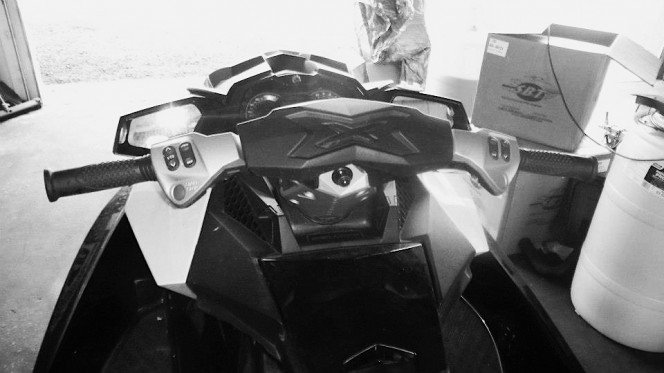
Step One: When dealing with electronics in any form, always disconnect the battery first. Next, organize yourself to have your tools, lubricants, and instructions from RIVA nearby.

Step Two: With an Allen driver or wrench, remove the iTC and iBR control panels from the handlebars.

Step Three: Removing your handlebar pad next will allow you access to move the handlebars themselves.
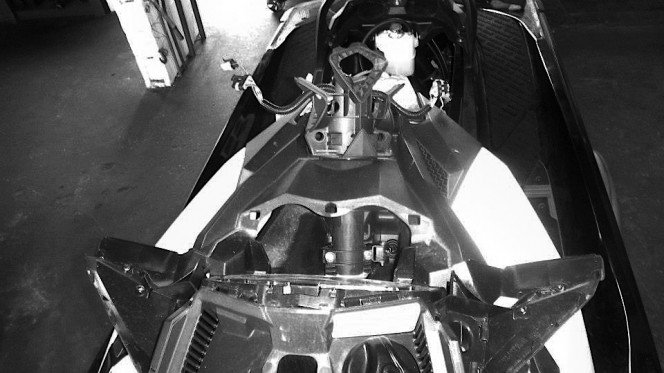
Step Four: Accessing the complete steering neck and linkage requires removing the fixed gauge pod bezel.

Step Five: Removing the factory steering neck is made easy once you disconnect the steering linkage and feed the factory iTC and iBR loom through it.

As a quick comparison, you can see how the RIVA Pro Series steering system is far superior to the plastic factory unit. The Pro Series also allows for quick ratio turning adjustments.
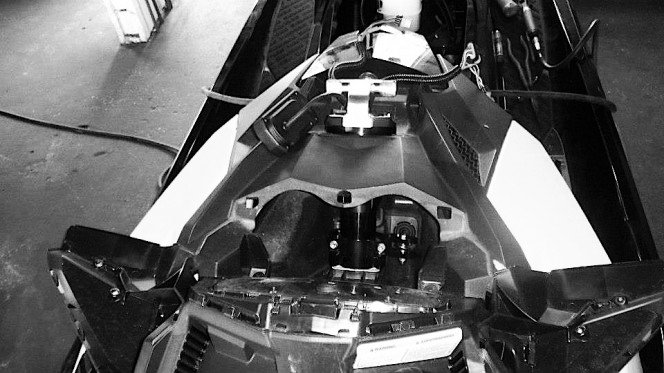
Step Six: Because the Pro Series system is designed to be a direct replacement, there is no cutting or modifications required to install the new aluminum neck.

Step Seven: RIVA’s engineers thoughtfully designed the new neck to be hollow, allowing for the factory loom to be fed up through just like the factory.

Step Nine: The new billet head unit attaches effortlessly to the neck, and allows the use of any 7/8-inch handlebar or 1 1/8-inch bulge bar.

Step Ten: With a pair of new ODI grips, the direct replacement RIVA Pro Series Steering System radically changes the look and feel of your RXP-X 260 with only an hour or so’s worth of time.






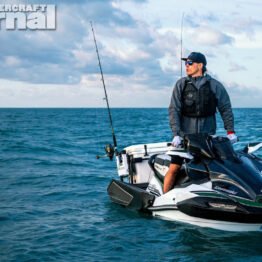


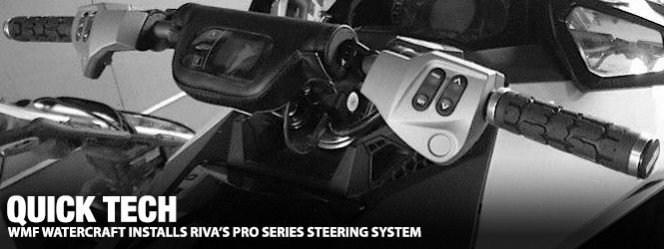


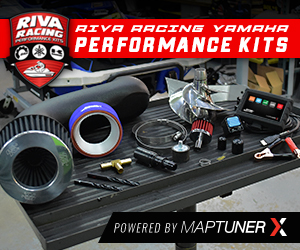

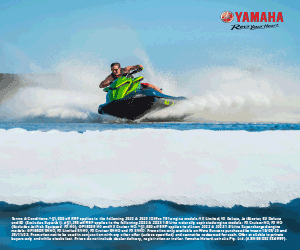

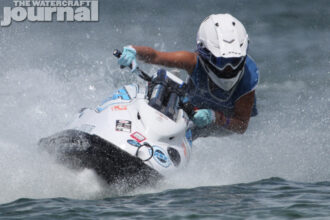

The precision handling of the RXP-X 260 just got better with RIVA’s Pro Series Steering system – and WMF walks us… http://t.co/rutqa3nmPU
[…] are not up to your liking, WMF Watercraft will happily custom build you one to your specifications. We’ve shown how talented the technicians at the Millsboro, Delaware dealer are before, but we’ve got to say that this machine – which we have seen personally – is […]